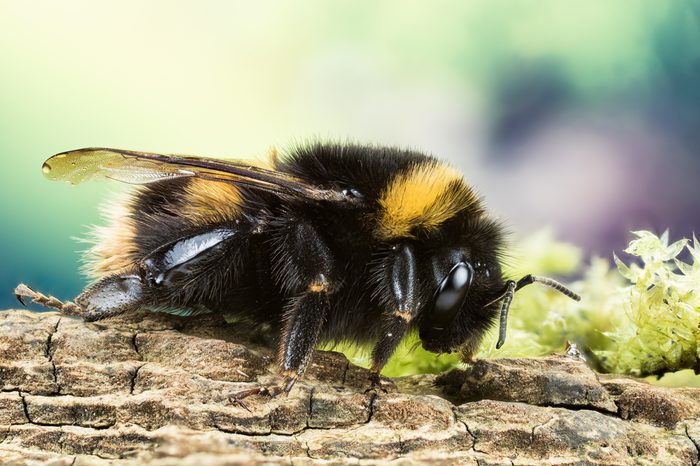
Bumblebees possess a sixth sense
A bumblebee generates a positive electrical charge as it flaps its wings and transfers some of the charge to a flower when it lands. Thanks to a 2013 study in the journal Science, experts now know that when bees detect a change in a flower’s charge, they avoid the flower, sensing that another bee has recently removed its pollen.
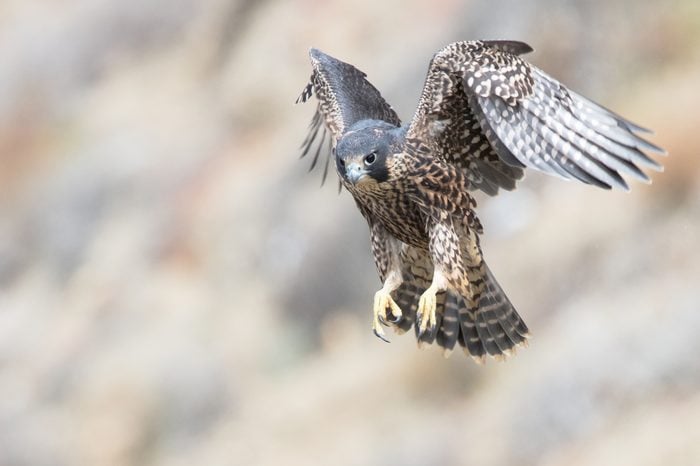
Peregrine falcons have lightening speed
Move over, cheetahs. Peregrine falcons have been clocked at 242 mph, making the black and gray birds the fastest members of the animal kingdom. Diving toward prey, peregrines tuck their wings into their bodies, creating an aerodynamic teardrop shape perfect for quickly striking unassuming birds and small mammals.
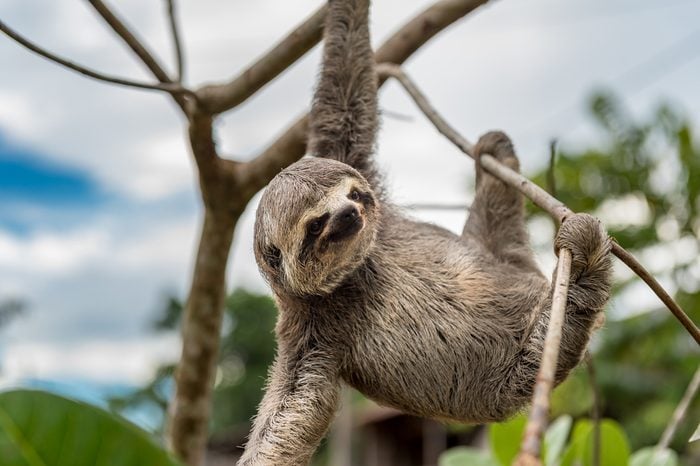
Sloths can survive nearly any wound
Three-toed sloths may not move quickly, but their speedy recovery from wounds that would kill other animals have made them the focus of scientific research. Some experts believe that the scores of beneficial bacteria that live in a sloth’s fur help sloths heal unusually quickly and without infection. Don’t miss these 50 adorable photos of baby animals.
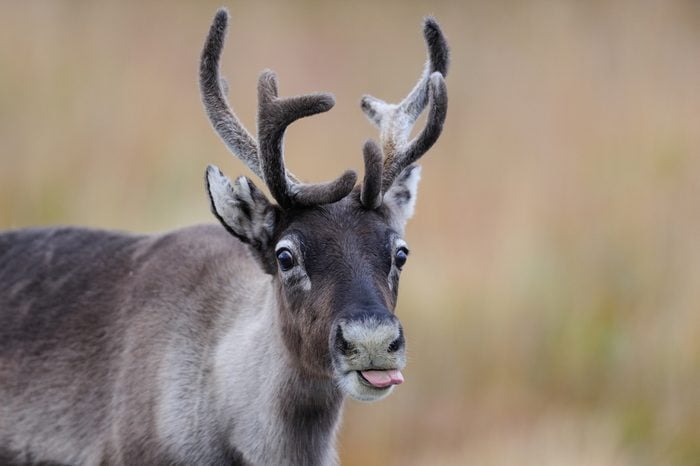
Reindeer have super vision
Reindeers’ unique ability to see UV light allows them to better forage for food and avoid predators in the harsh Arctic landscape. Their primary winter food source, lichens, and the fur of their main predator, the wolf, both absorb UV light, so they stand out against the UV-reflecting snow.
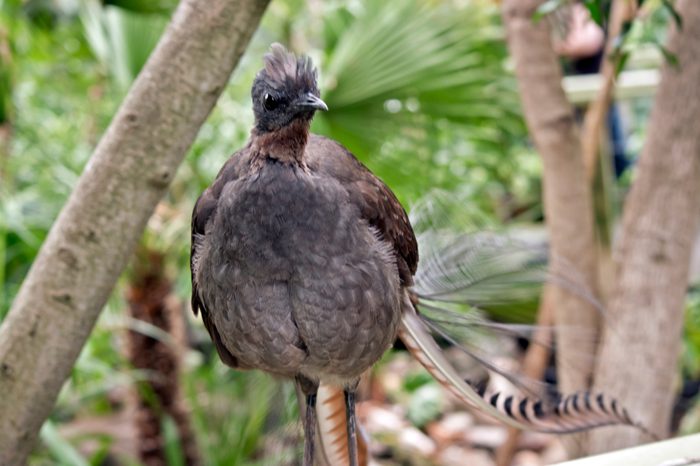
Lyrebirds are master imitators
These Australian birds are renown for their ability to mimic sounds including a chainsaw, a car alarm, a dog’s bark, and the click of a camera shutter. Check out these 15 animals that are probably smarter than you.
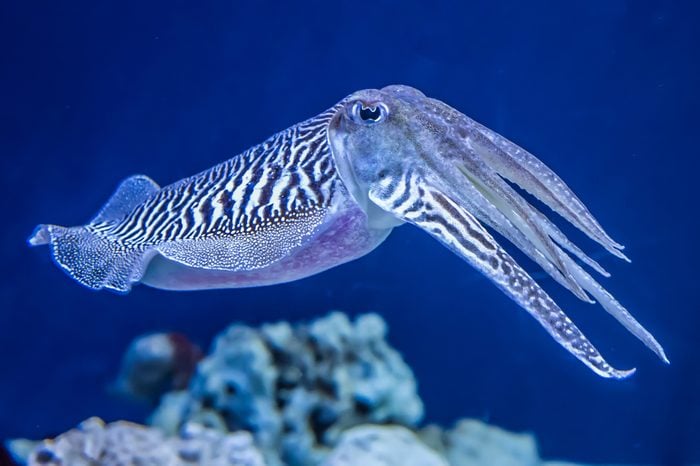
Cuttlefish can turn invisible
And by invisible, we mean they have some of the best camouflage skills in the animal kingdom. They can distort their bodies to resemble nearly any aquatic shape to blend in with their surroundings and hide from predators. They even have sacs in their skin containing pigments so they can change colors at a moment’s notice.
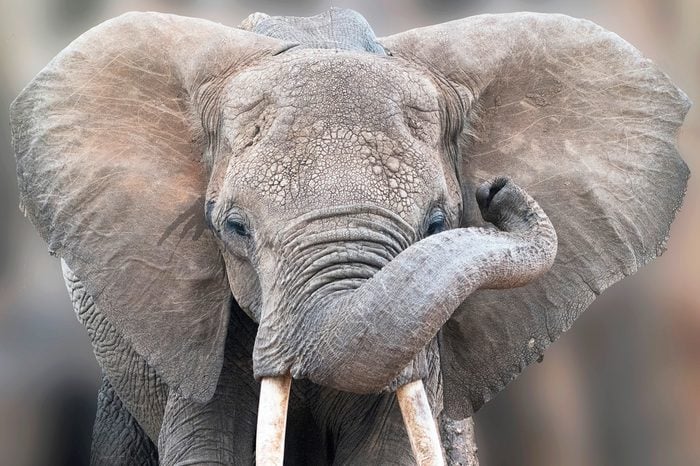
Elephants have extremely versatile noses
We all know elephants’ trunks can pick up objects like an extra limb, but did you know they can easily lift one ton, using only their trunks? Plus, trunks can also act as hoses, snorkels, pokers, and forks, depending on the situation. Unfortunately, poachers have put these intelligent animals on the endangered species list. Here are more animals you never realized were endangered.
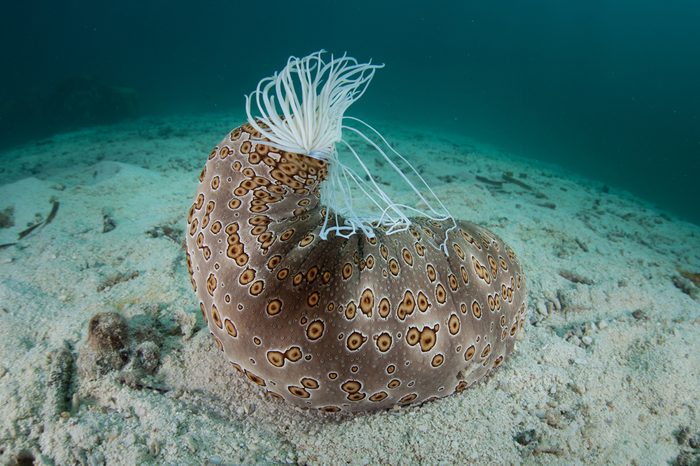
Sea cucumbers can regenerate their organs
These caterpillar-like sea creatures have one of the most fascinating defense mechanisms, but it’s also pretty gross. They contract their muscles and eject some of their internal organs—out of their butts—which entangles predators and also emits a toxic chemical. Yes, they poop their guts out to kill their enemies. The excreted organs are later regenerated. We’re glad Stan Lee didn’t use sea cucumbers as inspiration for any of his comic books or quotes. These are the 14 mysteries of the ocean scientists still can’t explain.
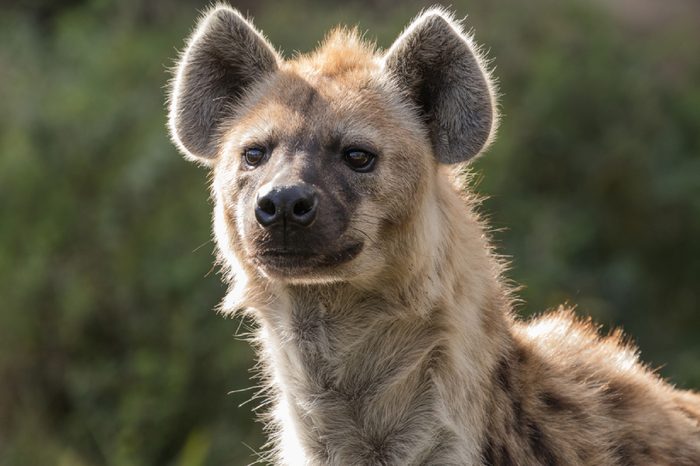
Hyenas have stomachs of steel
OK, not literally, but they are able to eat all sorts of animals—whether it’s their own prey or a rotting corpse—from wildebeests and birds to lizards and snakes. Their jaws are even able to crush bones. The only things they can’t digest are hooves, horns, and hair. Everything else is on their menu.
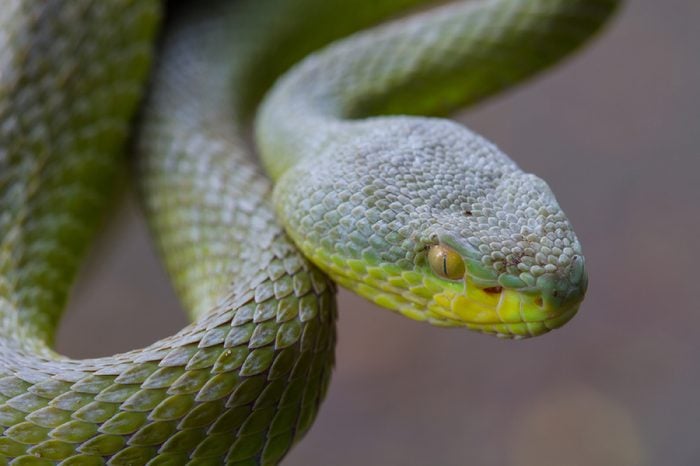
Certain snakes have internal heat sensors
Thanks to small organs on their faces, pit vipers and some species of pythons and boas are able to detect the body heat of nearby prey. Wired explains that since nerves connect that organ to the brain’s somatosensory system that process the sense of touch, snakes may actually be able to feel the heat. Next, check out these 27 “facts” about animals that you have all wrong.
